Memory Performance: 16GB DDR3-1333 to DDR3-2400 on Ivy Bridge IGP with G.Skill
by Ian Cutress on October 18, 2012 12:00 PM EST- Posted in
- Memory
- G.Skill
- Ivy Bridge
- DDR3
The realm of DDR3-2400 MHz memory is reserved for two types of setup – strong Sandy Bridge and Sandy Bridge-E processors, or Ivy Bridge processors. The former can depend on the motherboard as well – within my motherboard testing I was finding that some motherboards enjoyed running at DDR3-2400 with an appropriate processor, whereas others needed a bump in voltages to get to work. For Ivy Bridge processors though, DDR3-2400 should be a walk in the park – based on overclocking results it seems that processors produced in Malaysia have good memory controllers, whereas ones made in Costa Rica have better processor speed/voltage characteristics (though your mileage may vary). So having a high and stable memory speed is ideally paired with an Ivy Bridge processor at this point.
As you can imagine, if DDR3-2133 was getting expensive, then DDR3-2400 is even much more so, even if the kit is rated C10 rather than C9. The additional cost comes mainly from binning – i.e. making sure that there are enough ICs to go into these memory kits. A 4x4 GB kit needs 32 ICs capable of running this speed, and to get those 32 may require north of 500 ICs to be tested (the rest get binned into other slower modules), though the exact numbers are obviously a well kept secret from G.Skill. If I recall, in the early days of Nehalem, the high end 2000 C8 modules were literally 1 in 100 that passed the tests, and hence the exorbitant price at the time. This DDR3-2400 C10 kit comes in at $145, not much of a leap from DDR3-2133 C9 at $130, but the benchmarks will paint a truer picture of how much this difference matters later in the review.
Visual Inspection
The DDR3-2400 C10 kit today provided by G.Skill covers its TridentX branding. TridentX is one notch above RipjawsZ, and spans kits from DDR3-2400 C9 to DDR3-2800 C11. The main features on the kit (aside from the speeds) are the heatsinks, to which G.Skill have added a detachable fin. Without the fin, the module is approximately 9mm above the module, and with the fin the total height is 22mm above the PCB. That is a lot of height for a memory module that in 99% of circumstances would not produce enough temperature to trouble any build.
In order to remove the fin there is a screw at each end of the module, and the fin slides off effortlessly. The fins fit very well, but upon attempting to reattach a fin I was unable to get it on as securely as it came out of the box, leaving a little wobble in the fin. There is no cause for alarm if you get a module with a wobbly fin – nothing is wrong, and it will not affect the heat dissipation as much as most users may think. Most modules output a few watts at best, so dissipation of several watts of energy without a fin is simple enough.
Putting such a large module in our TRUE Copper scenario was a recipe for disaster:
Even putting the module in the second slot faired no better:
All the testing for this review was done on a ASUS P8Z77-V Premium motherboard with the Intel stock cooler, so module movement is not much an issue in that case, but big air coolers still get a lot of usage (and is more often than not an investment over several updates), so there are things to consider when purchasing memory.
JEDEC + XMP Settings
| G.Skill | |||||
| Kit Speed | 1333 | 1600 | 1866 | 2133 | 2400 |
| Subtimings | 9-9-9-24 2T | 9-9-9-24 2T | 9-10-9-28 2T | 9-11-10-28 2T | 10-12-12-31 2T |
| Price | $75 | $80 | $95 | $130 | $145 |
| XMP | No | Yes | Yes | Yes | Yes |
| Size | 4 x 4 GB | 4 x 4 GB | 4 x 4 GB | 4 x 4 GB | 4 x 4 GB |
|
|
|||||
| MHz | 1333 | 1600 | 1867 | 2134 | 2401 |
| Voltage | 1.500 | 1.500 | 1.500 | 1.650 | 1.650 |
| tCL | 9 | 9 | 9 | 9 | 10 |
| tRCD | 9 | 9 | 10 | 11 | 12 |
| tRP | 9 | 9 | 9 | 10 | 12 |
| tRAS | 24 | 24 | 28 | 28 | 31 |
| tRC | 33 | 33 | 37 | 38 | 43 |
| tWR | 10 | 12 | 14 | 16 | 16 |
| tRRD | 4 | 5 | 5 | 6 | 7/6 |
| tRFC | 107 | 128 | 150 | 171 | 313 |
| tWTR | 5 | 6 | 8/7 | 9/8 | 10/9 |
| tRTP | 5 | 6 | 8/7 | 9/8 | 10/9 |
| tFAW | 20 | 24 | 24 | 25 | 26 |
| tCWL | - | 7 | 7 | 7 | 7 |
| CR | - | 2 | 2 | 2 | 2 |


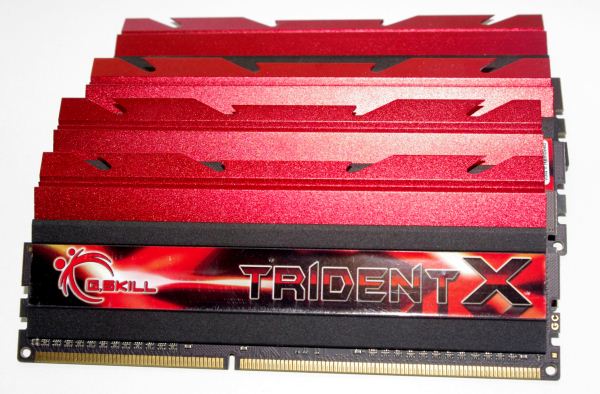
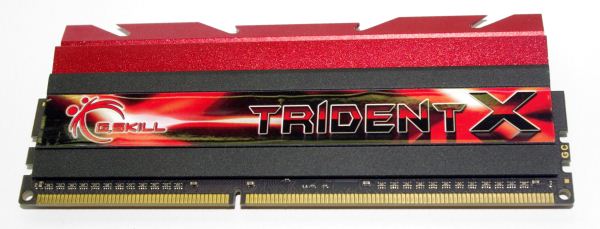
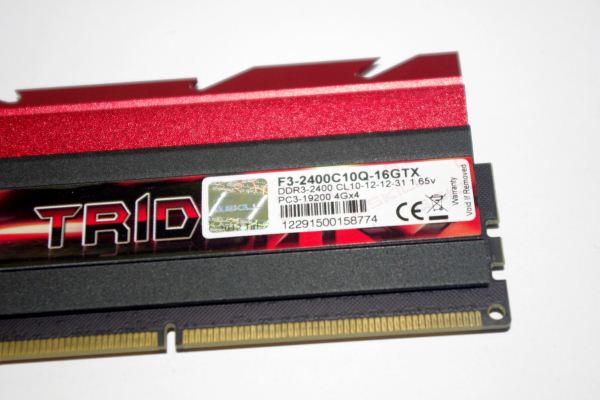
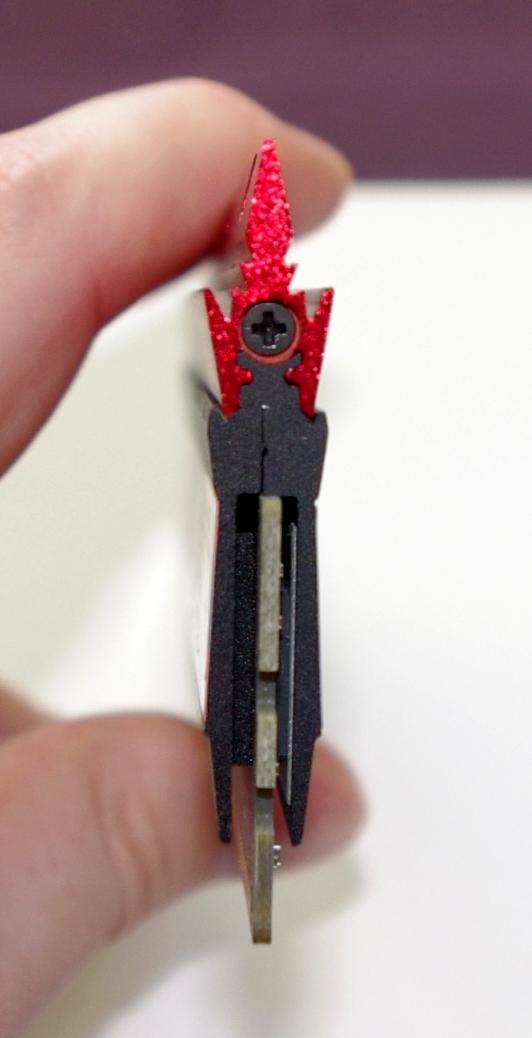


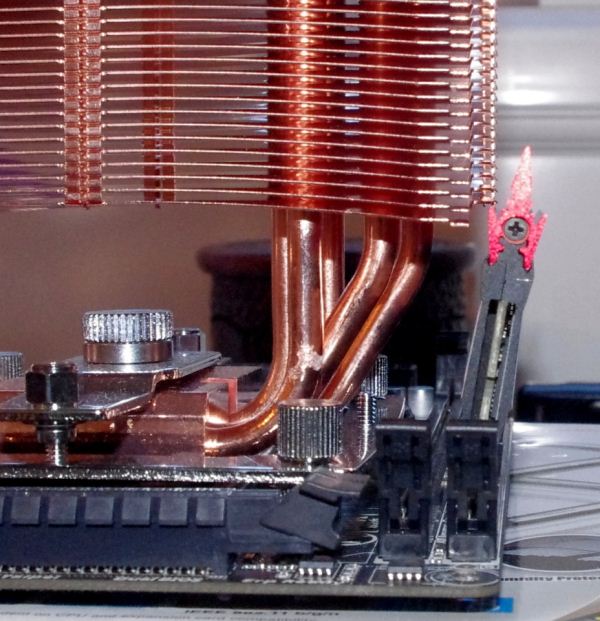















114 Comments
View All Comments
Calin - Friday, October 19, 2012 - link
I remember the times when I had to select the speed of the processor (and even that of the processor's bus) with jumpers or DIP switches... It wasn't even so long ago, I'm sure anandtech.com has articles with mainboards with DIP switches or jumpers (jumpers were soooo Pentium :p but DIP switches were used in some K6 mainboards IIRC )Ecliptic - Friday, October 19, 2012 - link
Great article comparing different speed ram at similar timings but I'd be interested in seeing results at different timings. For example, I have some ddr3-1866 ram with these XMP timings:1333 @ 6-6-6-18
1600 @ 8-8-8-24
1866 @ 9-9-9-27
The question I have is if it better to run it at the full speed or lower the slower speed and use tighter timings?
APassingMe - Friday, October 19, 2012 - link
+ 1+ 2, if I can get away with it. I've always wondered the same thing. I have seen some minor formulas designed to compare... something like frequency divided by timing, in order to get a comparable number. But that is pure theory for the most part, I would like to see how the differences in the real world effects different systems and loads.
Spunjji - Friday, October 19, 2012 - link
But in all seriousness, I would find that to be much more useful - it's more likely to actually be used for IGP gaming.If you could go as far as to show the possible practical benefits of the higher-speed RAM (e.g. new settings /resolutions that become playable) that would be spiffing.
vegemeister - Friday, October 19, 2012 - link
Stop using 2 pass for benchmarks. Nobody is trying to fit DVD rips onto CD-Rs anymore. Exact file size *does not matter*. Using the same CRF for every file in a set (say, a season of a television series) produces a much better result and takes less time (you pretty much avoid the first pass).IanCutress - Friday, October 19, 2012 - link
The 2-pass is a feature of Greysky's x264 benchmark. Please feel free to email him if you would like him to stop doing 2-pass. Or, just look at the 1st pass results if the 2nd pass bothers you.Ian
rigel84 - Friday, October 19, 2012 - link
Hi, I don't know if I somehow skipped it in the article, but if I buy a 3570k and some 1866mhz memory, wouldn't I have to overclock the CPU in order for them to run at that speed? I'm pretty sure I had to overclock my RAM on my P4 2,4ghz, in order to use the extra mhz.. Does my memory fail me or has things changed?IanCutress - Friday, October 19, 2012 - link
No, you do not have to overclock the CPU. This has not been the case since the early days :D. Modern computer systems in the BIOS have an option to adjust the memory strap (1333/1600/1866 et al.) as required. On Intel systems and these memory kits, all that is needed it to set XMP - you need not worry about voltages or sub-timings unless you are overclocking the memory.Ian
CaedenV - Friday, October 19, 2012 - link
as there is an obvious difference with ram speed for onboard graphics, the next obvious question is one of how much memory is needed to prevent the system from throwing things back on the HDD?The reason I ask is that 16GB, while relatively cheap today, is still a TON of ram by today's standards, and people who are on a budget where they are playing with igp are not going to be able to afford an i7, and much less be willing to fork over ~$100 for system memory. However, if there is no performance hit moving down to 8GB of system memory it becomes much more affordable for these users to purchase better performing ram because the price points are even closer together between the performance tiers. As I understand memory usage, there should be no performance hit so long as there is more memory available than is actively being used by the game, so the question is how much is really needed before hitting that need for more memory? is the old standard of 4GB enough still? or do people need to step up to 8GB? or, if nothing is getting passed onto a dedicated GPU, do igp users really need that glut of 16GB of ram?
Lastly, I remember my first personal build being a Pentium 3 1GHz machine for a real time editing machine for college. I remember it being such an issue because the Pentium 4 was out, but was tied to Rambus memory which had a high burst rate, but terrible sustained performance, and so I agonized for a few months about sticking with the older but cheaper platform that had consistent performance, vs moving up to the newer (and terribly more expensive) P4 setup which would perform great for most tasks, but not as well for rendering projects. Anywho, I ended up getting the P3 with 1GB of DDR 133 memory. I cannot remember the actual price off hand (2001), but I do remember that the system memory was the 2nd most expensive part of the system (2nd to the real time rendering card which was $800). It really is mindblowing how much better things have gotten, and how much cheaper things are, and one wonders how long prices can remain this low with sales volumes dropping before companies start dropping out and we have 2-3 companies that all decide to up prices in lock step.
IanCutress - Friday, October 19, 2012 - link
With memory being relatively cheap, on a standard DDR3 system running Windows 7, 8 GB would be the minimum recommendation at this level. As I mentioned in my review, in my work load the most I have ever peaked at was 7.7 GB, and that was while playing a 1080p game with all the extras alongside lots of Chrome tabs and documents open at the same time.Ideally this review and comparison should be taken from the perspective that you should know how much memory you are using. For 99.9% of the populace, that usually means 16GB or less. Most can get away with 8, and on a modern Windows OS I wouldn't suggest anything less than that. 4GB might be ok, but that's what I have in my netbook and I sometimes hit that.
Ian